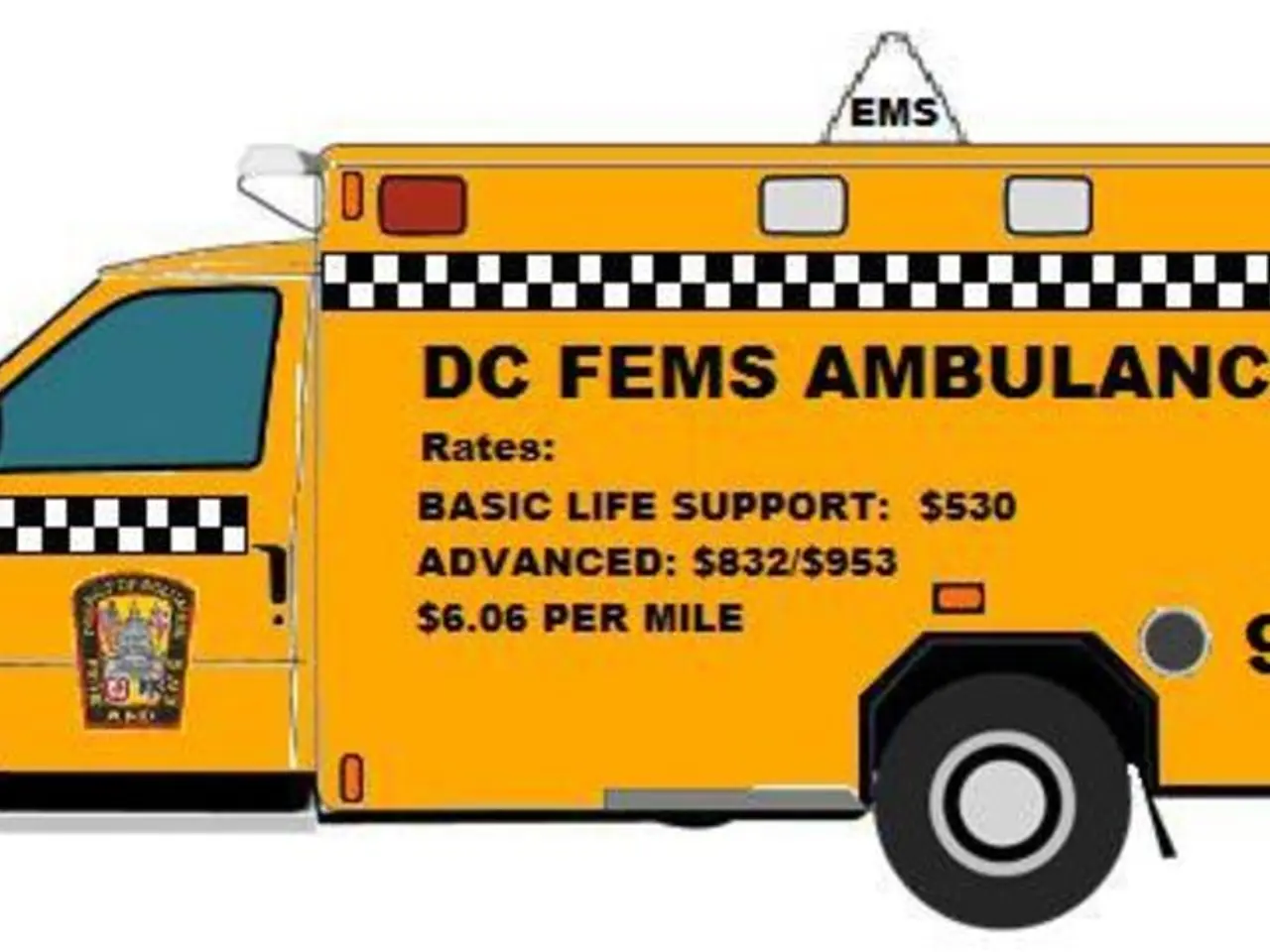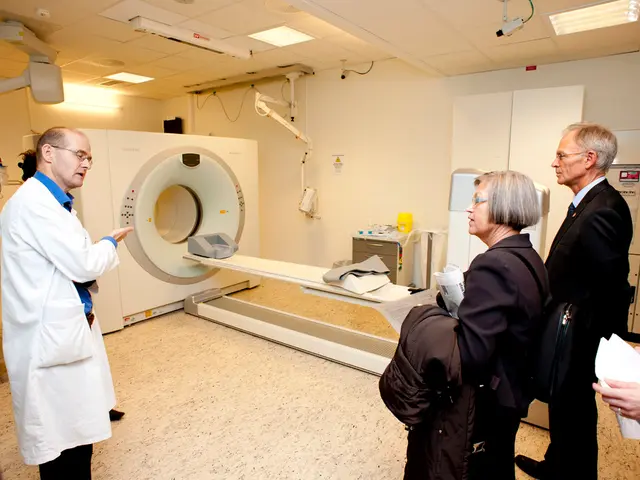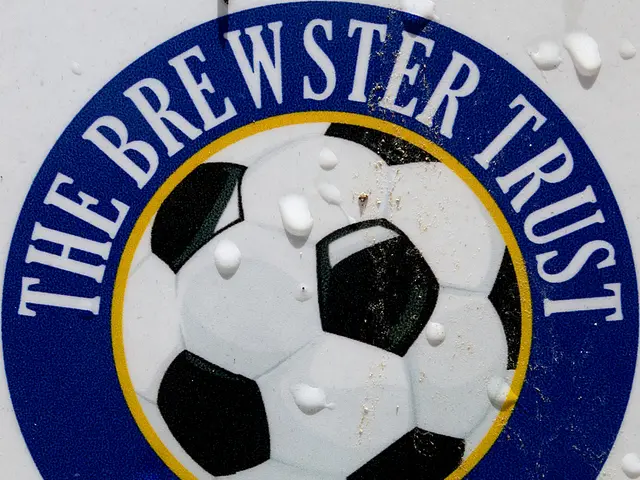"March Regulation" – altered version
In emergency situations involving massive traumatic injuries, understanding and quickly applying the MARCH protocol can be the difference between life and death. MARCH is a step-by-step guide that prioritizes critical interventions, ensuring that the patient's most immediate needs are addressed first.
The MARCH protocol stands for:
- M: Massive hemorrhage - Severe bleeding is the leading cause of preventable death in trauma situations. If the patient is bleeding excessively, the first step is to control the bleeding. This can be achieved by applying direct pressure, using hemostatic agents, or in extreme cases, inserting a finger directly into the wound to apply pressure to an artery. In cases of severe limb bleeding, a tourniquet should be used. If a tourniquet is not an option, direct pressure or hemostatic agents can be applied instead. It's crucial to reevaluate the tourniquet and adjust if necessary.
- A: Airway - An open and clear airway is essential for survival in trauma situations. If the patient isn't breathing, artificial ventilation should be provided. In some cases, performing a jaw thrust or head-tilt chin lift can open the airway. Removing visible obstructions from the airway is necessary.
- R: Respiration - Addressing respiratory trauma is crucial. Part of the MARCH protocol involves checking for effective breathing and treating chest injuries such as open wounds or flail chest. Seal open chest wounds with an occlusive dressing or chest seal.
- C: Circulation - Assessing and supporting blood circulation is the next priority. Stabilizing body temperature improves the chances of survival and reduces complications. Prevent hypothermia, even in warm climates, by insulating the patient from the ground and covering them with a blanket or survival gear.
- H: Hypothermia/Head injury - Preventing hypothermia is essential, but it's also important to assess for head and spinal injuries. If a spinal injury is likely, immobilize the cervical spine to prevent further damage.
Mastering MARCH equips you with the tools and confidence to save lives when it matters most. In any emergency situation, it's crucial to develop and execute a clear plan. Determine whether to stay or evacuate, and always prioritize controlling severe bleeding before addressing airway and breathing. The MARCH protocol is a life-saving approach in tactical and trauma first aid situations.
- In the wilderness or any emergency situation, having the right gear, such as hemostatic agents, tourniquets, and survival blankets, can be crucial for applying the MARCH protocol effectively.
- A family member who understands the MARCH protocol can provide essential first aid in managing medical-conditions like massive hemorrhage, airway obstruction, and hypothermia.
- Science and medical research have significantly improved our understanding of health-and-wellness in emergency situations, with the MARCH protocol being a prime example of evidence-based first aid approaches.
- MARCH protocol training for the entire family can be beneficial, especially in remote areas where access to medical services might be limited or delayed, ensuring everyone is prepared to respond effectively to traumatic injuries.








